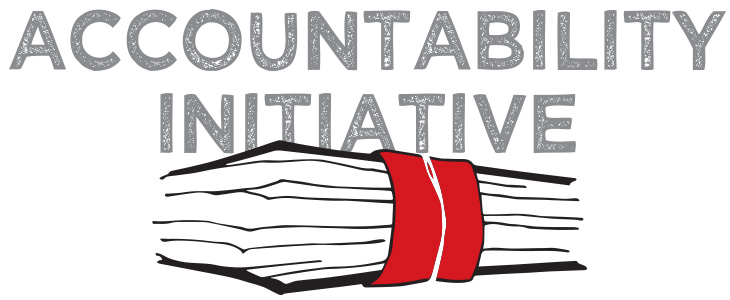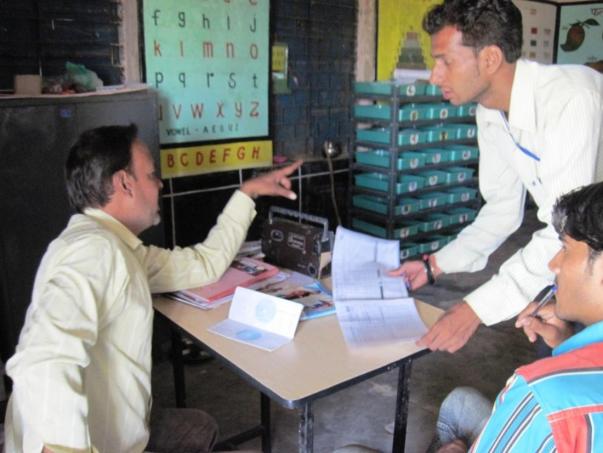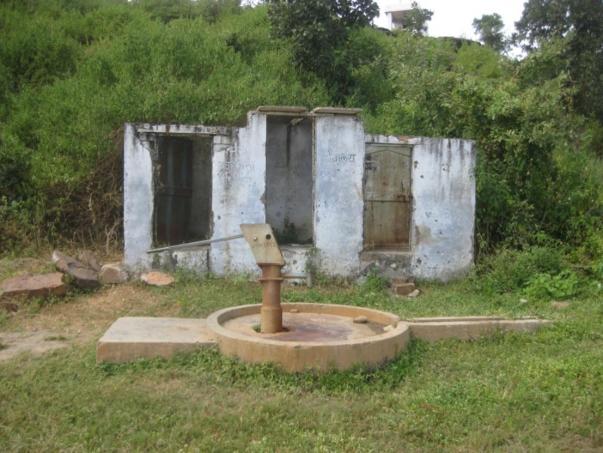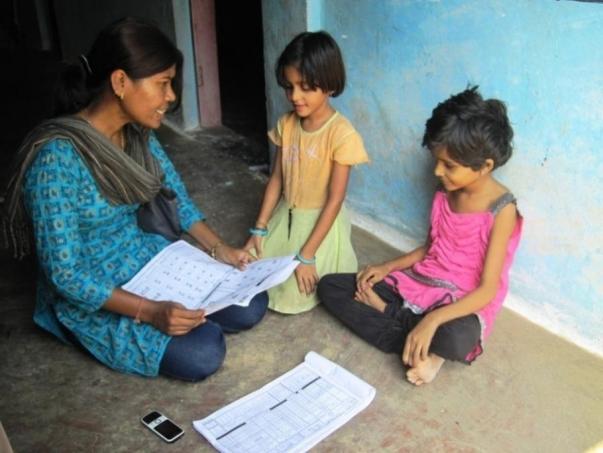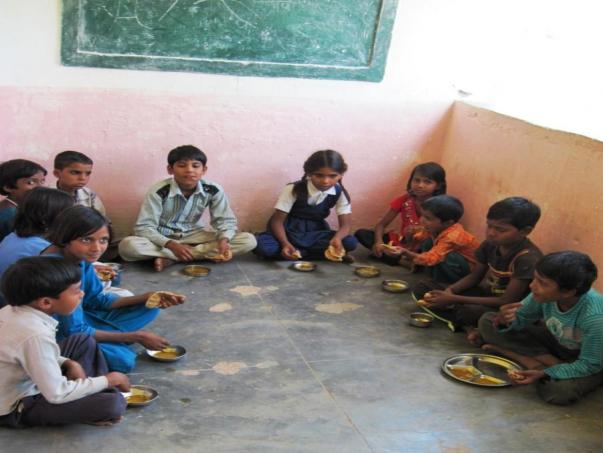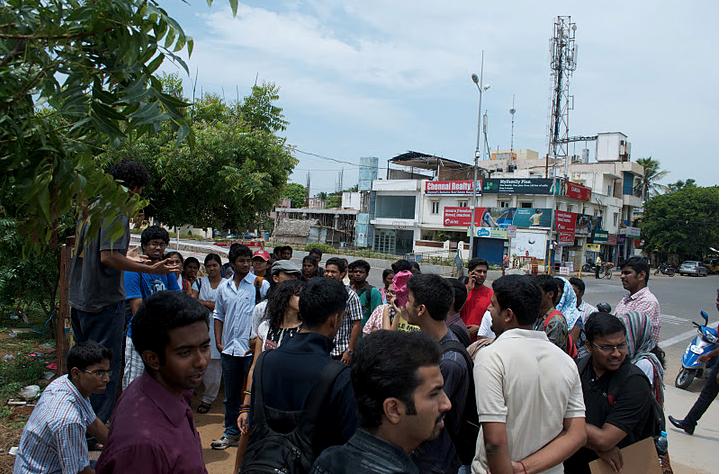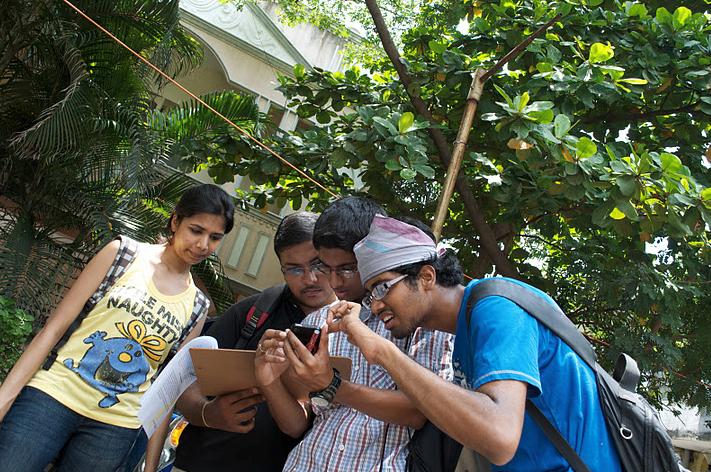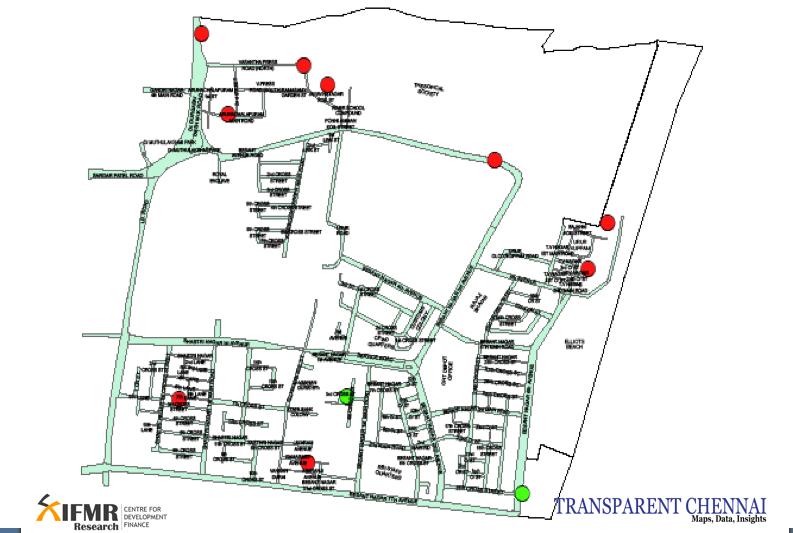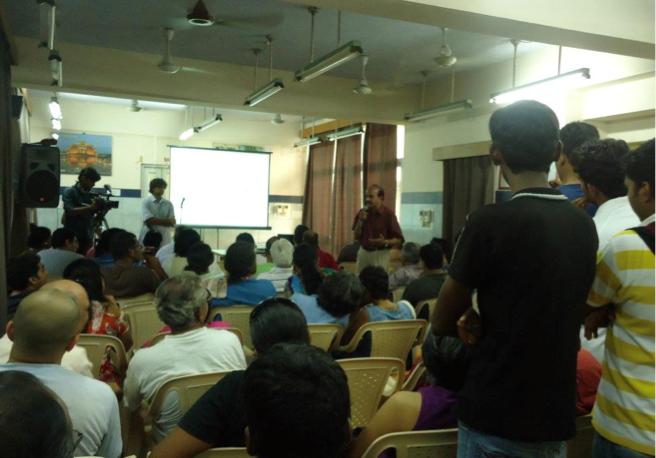India’s elementary education system is at a crossroads. In 2009, the Indian Parliament passed the Right to Education (RTE) Act guaranteeing the provision of free and compulsory education to all children between the ages of 6 to 14 years. At the heart of the law is a guarantee to ensure ‘age-appropriate mainstreaming’ for all children. In other words, the Act is a guarantee that every child in India acquires skills and knowledge appropriate to her age. Now, as efforts to deliver on this guarantee gain ground, the country faces an important choice: should elementary education be delivered through the current model that focuses on the expansion of schooling through a top-down, centralized delivery system? Or should we use the RTE as an opportunity to fundamentally alter the current system and create a bottom-up delivery model that builds on an understanding of children’s learning needs and privileges accountability for learning rather than schooling?
For decades, the primary goal of the Indian government’s elementary education policy has been to create a universal elementary education system by expanding schooling through inputs. Substantial finances have been provided to meet this goal. Between 2007-08 and 2009-10, India’s elementary education budget increased from Rs. 68,710 to Rs. 97,255 crore in 2009-10.[2]
Most of this money has been used to build school-level inputs through a large education bureaucracy controlled and managed by state and central governments. To illustrate, PAISA analyzed the elementary education budgets of 7 states in the country for 2009-10 and 2010-11 (see Table 1 below for a state by state analysis). According to PAISA, on average, 77% of the education budget is invested in teachers and management costs. All critical teacher-related decision-making, for instance hiring or salary payment, lies with the state administration.[3] Following teachers, the next largest investment is on the creation of school infrastructure – 15% of the budget. Funds for infrastructure development are often channeled to schools; however, key decisions related to sanctions and procurement are taken by the district. Importantly, while a school can demand infrastructure funds, it has no decision-making power over the timing of receipt of these funds and de-facto funds have to be spent based on priorities set by the state and district administration. Interventions aimed directly at children, such as the provision of free textbooks and uniforms and addressing the problem of out of school children, account for just 7% of the total investment.
Table 1. Breakdown of elementary education budgets in 7 states
| Andhra Pradesh | Bihar | Himachal Pradesh | Madhya Pradesh | Mahara-shtra | Rajasthan | West Bengal | |
| Teachers | 72% | 59% | 79% | 64% | 86% | 83% | 67% |
| School | 13% | 25% | 9% | 21% | 5% | 9% | 19% |
| Children | 4% | 10% | 1% | 8% | 5% | 1% | 10% |
| Quality | 2% | 1% | 1% | 1% | 1% | 2% | 1% |
| Management | 9% | 4% | 9% | 5% | 4% | 4% | 4% |
| Misc | 0% | 0% | 1% | 0% | 0% | 1% | 0% |
Interwoven in this top-down system is an intent to involve parents in decision-making. In 2001, the Government of India (GOI) launched the Sarva Shiksha Abhiyan ((SSA), now the programmatic vehicle for the delivery of the RTE) with a mandate that expenditure decisions be taken based on plans made at the school level through Village Education Committees (VEC). These plans are then aggregated at the district and state levels. Drawing on this model, the RTE mandates the creation of School Management Committees (SMCs) tasked with similar responsibilities. Despite this bottom-up planning structure, the centralized delivery system has disempowered these committees and in fact created disincentives for parental participation in a number of ways:
First, teachers, as pointed out already, are not accountable to SMCs.
Second, committees have spending powers over very little money. In 2010-11, committees had spending powers over just about 5% of SSA funds. Even these funds are expected to be spent based on norms set by GOI. So, if a school wants to spend more than the norm on, say, purchasing teacher material or if a school wants to invest more in improving children’s reading capabilities by dipping in to its maintenance fund – it can’t. Table 2 below offers an illustrative example from Hyderabad of the different activities over which an SMC can actually take decisions.
Third, governance inefficiencies further curtail SMC powers. As PAISA has repeatedly pointed out, school grants rarely reach schools before October (the PAISA district studies found that on average school grants reach school bank accounts toward the end of September/early October). These delays in fund flows mean that needs at the school often remain unmet owing to lack of money. More worryingly, PAISA found that in many districts, expenditures even for school grants are based on formal or informal orders received from district and block officials. Consequently, often monies are spent without adequate consideration to school needs.
In essence, SSA has promoted a bottom-up delivery system with no bottom-up control or decision-making power. The result is thus a de-facto centralized, top-down system.
Table 2. Activities for which SMCs in Hyderabad city can take decisions
| Activity | Is SMC resolution sufficient? | Is any additional approval needed? | From whom? | How long will it take? | Who can do the procurement or appointment? | What documents and other things will be needed? |
| Desks and Chairs | No | Yes | SSA Planning | 2 months | SSA office | Approval of design; Three quotations from local suppliers |
| Sintex Water Tank | Yes | No | 2 weeks | SMC | Local purchase at PWD rates | |
| Roof Repair | No | Yes | SSA Civil / JE | 1 month | SMC+SSA | Approval of work and measurements; Materials bought locally as per PWD rates; vouchers of payments received |
| Ayah | Yes | No | 1 week | SMC | Interview Notice with Date and Time |
The shift towards enhancing learning requires that the system focus on the needs of individual schools and children. GOI has argued that implementing the RTE requires a system that recognizes ‘the need for the creation of capacity within the education system and the school for addressing the diversified learning needs of different groups of children who are now in the school system.’[4]
School Management Committees hold the key to implementing such a decentralized structure. The first and most critical step therefore in the shift from schooling to learning will be to empower school management committees. There are three immediate reform measures that could be implemented to achieve this goal:
- Moving away from the current norm-based funding system for SMCs to an untied block grant structure that would enable the school to take spending decisions based on its own felt needs. The quantum of the grant could be determined on the basis of per-child enrollment in schools, thus linking grant amounts with school-specific characteristics.
- Strengthening planning capacity through focused community level trainings. With the launch of RTE, budgets for community training have been significantly enhanced. However, for the moment, much of this money remains unspent as training is not priority. Prioritizing training and developing innovative methods to build planning capacity at the SMC level is essential.
- Strengthening transparency and monitoring. A transparent tracking system holds the key to a strong, accountable decentralized system of delivery. Building structure to ensure real time tracking of finances is thus critical.
Will this lead to more learning for schoolchildren? At the very least, such a system will serve to strengthen parent engagement and ownership with the school and encourage accountability to parents. This is a critical first step.
[1] Director, Accountability Initiative, Centre for Policy Research. This is a summary version of a longer introduction to the PAISA District Studies, 2011. For those interested, the study is available on the following link: www.accountabilityindia.in
[2] Ministry of Human Resource Development (2011) ‘Analysis of Budgeted Expenditure on Education 2007-08 to 2009-10’, Statement No. 7, Plan and Non-Plan Budgeted Expenditure on Elementary Education (Revenue Account), www.education.nic.in/planbudget/ABE-2007-10.pdf
[3] Some states like Bihar and Madhya Pradesh experimented with decentralizing the hiring process to local governments, who were empowered only to hire contract teachers. However, even here all critical decisions related to salaries and regularization remained with the administration.
[4] Ministry of Human Resource Development (2011), ‘ Sarva ShIksha Abhiyan: Framework of Implementation’


